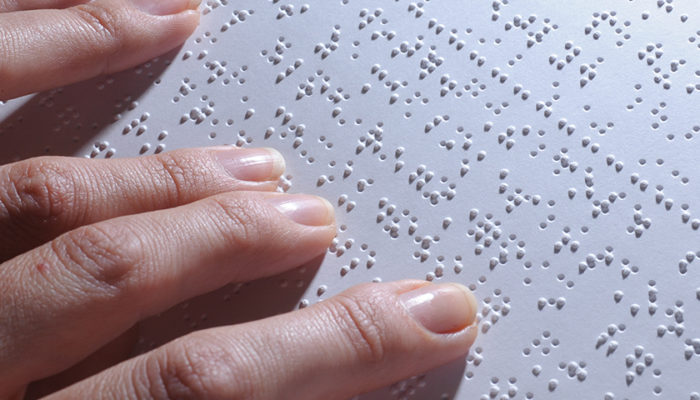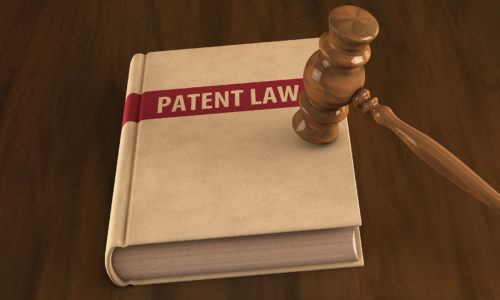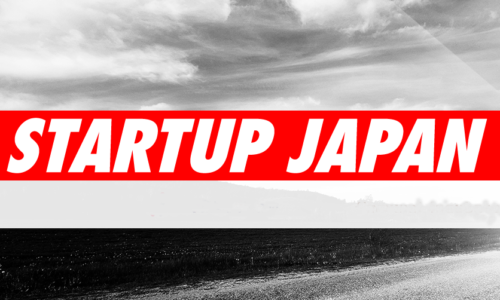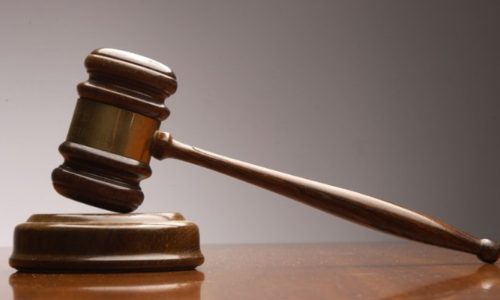Novartis case is the landmark judgement not only in the field of IP but also for ‘aam-aadmi’. The historic date of April 1, 2013 witnesses the discourse around the world about a key feature of India’s patent regime. The core of the case focussed on the interpretation of section 3(d) of India’s patent law. In the impending verdict on Novartis Glivec, Supreme Court ruled against the company. The loss of Novartis was the impeccable news to Indians and the grade of many domestic pharma companies, especially Cipla and Natco. The verdict led to a decrement of stock price of Novartis. The judgment oozed out to be the harbinger of strong message that getting patents for drugs in India is not obvious. The verdict proved to be a solace for millions to have entree to medicines at low cost and banishing the concept of evergreening the patents by pharmaceutical industries.
The timeline:
1997- Patent application filed by Novartis AG at Madras patent office for beta-crystalline of GLIVAV.
2003- Novaris obtained EMR for 5 years in order to market Glivec, hence preventing other pharma companies from manufacturing generic version of the same-price thus soaring from Rs 10,000 to Rs 1.2 lakh.
2005- Amendment of patent law in comply with TRIPS agreement CPAA(cancer patient aid association)filed a pre-grant opposition against Novartis patent application.
2006- Novartis was refused grant of patent by Madras patent controller, leading to manufacture of generic version of drug by other pharma industries. Writ petition was filed at the Madras high court by Novartis.
2007- Matter transferred to IPAB. High court rejected the writ petitions.
2009- IPAB rejected Novartis appeal. Novartis filed special leave petition in Supreme Court.
2013- SC dismissed Novartis petition.
“the Indian SC’S decision on section 3(d) in the famous Novartis case created a precedent and has helped us in our campaign for affordable medicine”, says Loon Gaugte, an Indian activist, regional co-ordinator, South Asia of International Treatment Preparedness Coalition(ITPC) and one of the founders of DNP+. However, the challenges and difficulties persist. The study report titled ‘Pharmaceutical Patent Grants in India’ explains how our safeguards against evergreening have filed, why the system must be reformed, and analysis of the challenges that have led to section 3(d) being underutilized despite the landmark judgment of SC.




